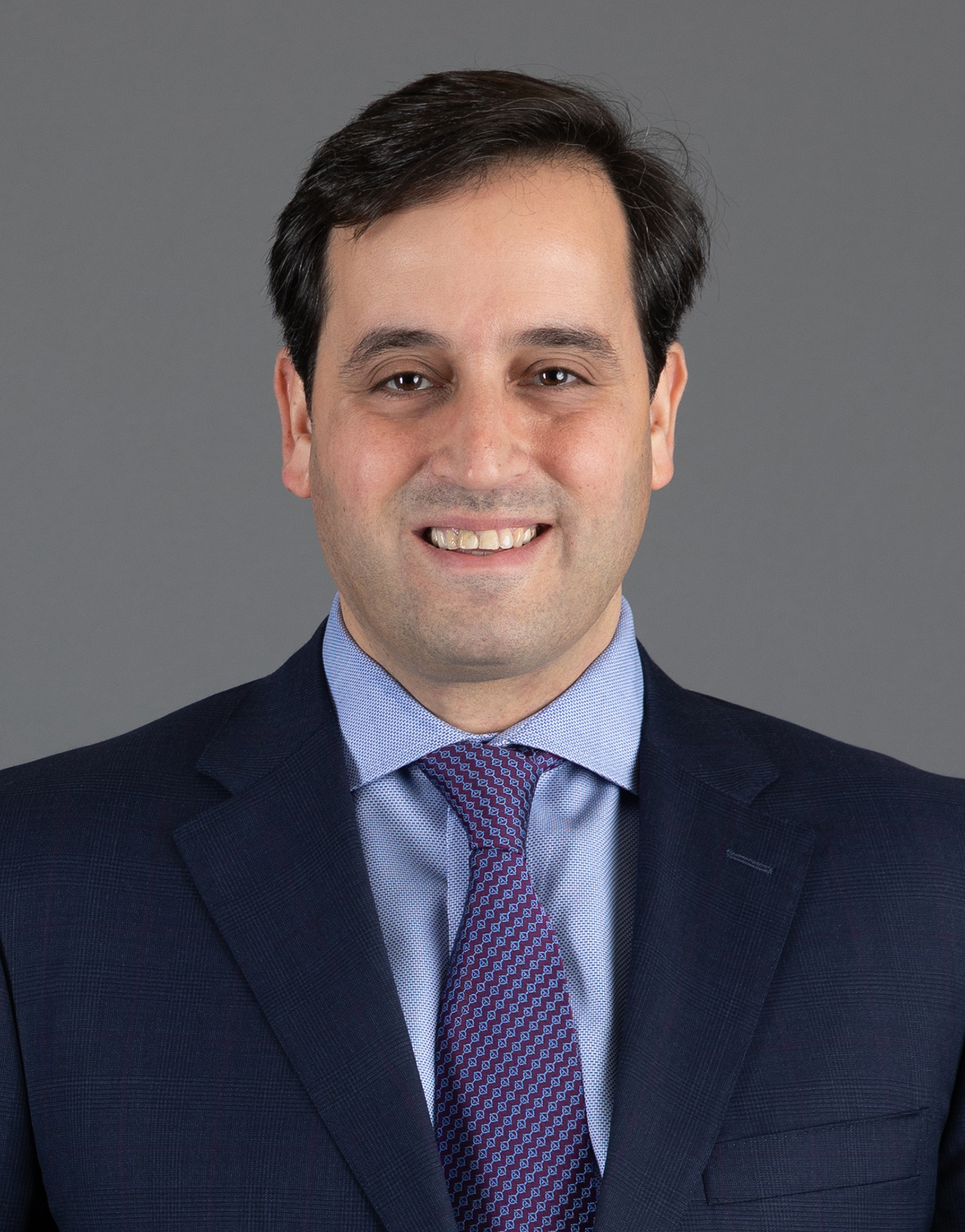How can law firms ensure that they are measuring what is most important to their clients and to the firms themselves when assessing firms' key client teams?
Hours billed and revenue in the door are still the metrics by which the majority of law firms measure success. And why not? Revenue is a key measure of any business’s success, and law firms are no different.
Revenue aside, however, there are other important factors to consider when measuring success, or the factors that will ultimately lead to success. Practice Innovations spoke with Jeffrey Wild, Firm Administrative Partner, Chief Strategy Officer, and Chair of the Real Estate and Environmental Practice Group at Benesch, Friedlander, Coplan & Aronoff, an AmLaw 200 firm.
While many law firms have launched programs for their key client teams — sometimes known as strategic account teams — this strategy hasn’t always bore fruit, maybe in part because firms are using programs instead of making client management a critical part of an overall strategic plan. At Benesch, however, Wild describes a solid strategic account management strategy that has been and remains extremely successful, possibly rivalling even the Big Four’s strategic account programs. Wild further explains how he has been able to facilitate ongoing support for this important firm strategy and how the firm measures success.
Practice Innovations: To gain continued support for the strategic account strategy at Benesch, how have you leveraged key data metrics when you report to the partnership?
Jeffrey Wild: First, such metrics are part of our firm’s strategic plan of seeking larger client relationships. We take our top 100 clients and cross reference where we have client teams already established and then see where there is opportunity. Firm leadership invests time to meet one-on-one with the relationship partners of each of our top 100 clients to discuss client development and help plan for continued growth of the relationship.

The data metrics we track as part of this effort include such measures as fees collected year-over-year; fees collected by practice and industry area; fees collected by matter; and any significant rise or decrease in fees.
Practice Innovations: Which data metrics overall are gathered and used by the account teams?
Jeffrey Wild: The strategic account teams actually gather a lot of metrics, including the practice areas the firm currently serves, and whether there are opportunities in the practices and industries that are currently are not being served by the firm. As part of this, we also look at geographical areas and offices in which we have a presence.
And for each client, of course, we track past and present revenue, as well as expected future revenue. We also look at company financials, litigation and transactional data, current news, and annual reports on our top clients, to stay aware of their business and industry developments.
For each client team, we measure metrics such as the volume of work completed by attorney, the billing rates being used and whether there are any alternative fee arrangements in use. We also look at the client assessment interview and examine the data from our client feedback surveys. data
Practice Innovations: What sort of pipeline goals are being established? For example, do you measure growth by a percentage of revenue year-over-year?
Jeffrey Wild: Our overall and ongoing goals for our clients teams include maintaining and improving client satisfaction and offering continued excellent client experience.
We also want to show that we are being responsive to client feedback. We always want to be asking ourselves: “Have we completed all action items and were our service goals achieved?”
Practice Innovations: How is team performance assessed?
Jeffrey Wild: We measure such team metrics as expansion of revenue and expansion of team members and practice areas. We also closely look at our teams’ service rating and Net Promoter Scores from clients. We want to be able to use the data to clearly demonstrate instances in which we had significant “wins” and major successes for the client.
Practice Innovations: Are clients asked to weigh in on certain metrics such as measures against clients’ stated goals or against firm-developed goals by clients?
Jeffrey Wild: Our clients have input on a wide-range of the metrics we utilize, but chiefly, there input is most critical to our measurements on our level of service; the budgeting process, such as what was agreed upon with the client and what various check-ins showed; and other identified needs, such as additional practice areas on specific industries in which clients may want us to have a presence.
Other areas of client input include, of course, our diversity, equity & inclusion efforts, our communication, and the level of our innovation and technological abilities. We also ask clients about other value-added services that they would like us to offer and that would be meaningful to the client.
Practice Innovations: Which tools and metrics are used to assess these value-added offerings to clients?
Jeffrey Wild: We don’t have an assessment tool in this area, except for our formal client assessments. However, we have developed a value-added communication piece for clients that outlines the services the firm provides at no additional cost in non-legal related areas. In our discussions with the relationship partners for our top clients, we have understood the importance of identifying ways to add value above and beyond legal services — and we can track this.
Practice Innovations: What other metrics does the firm use to measure team performance and client performance?
Jeffrey Wild: Performance for the firm and our teams is measured primarily on the successful growth of the client account and on providing excellent outcomes for the client. Also, we look at the expansion of practices and industries in which we serve the client and overall revenue growth as key indications as well.
Team performance is also measured using client assessments, primarily client feedback surveys and direct comments from clients. In fact, we just completed a feedback survey of more than 600 of our clients in 2021.
We also work closely with clients on their own department goals and budgets, and measure our performance based on our ability to help our clients meet and exceed their own business goals.
Measuring success
Wild notes that embedded into the Benesch key account strategy is recognition of lawyers and teams for meeting objectives and goals. Recognizing the “achievers” who consistently reach goals is something companies in the commercial world have incorporated into their strategic account sales strategies, and it works. Wild has elaborated on this piece of the strategy at past Marketing Partner Forum events, describing how the firm recognizes its team members and rewards those that are achieving their goals.
For law firms and their lawyers, measuring success is important, and recognizing that success is critical as well. To effectively launch an important revenue growth strategy like strategic account teams, law firm leaders and team leaders need to remember that revenue matters, metrics matter, and recognition matters. The combination of all three is what sustains firm performance.







